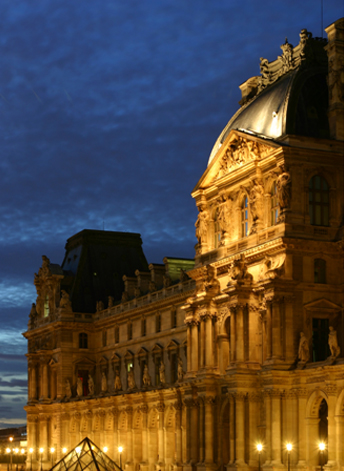You need six months and a pair of roller-skates to do justice to the new Louvre in Paris. Andrew Graham-Dixon flat-foots it in a day . . .
The Louvre, it was announced at the opening of the museum's new wing, the Aile Richelieu, is no longer to be known as the Louvre. Its new name is ''Le Grand Louvre'', the big Louvre, although whether this will catch on remains to be seen. Francois Mitterrand (Mitterramses I as he is now known in Paris) is not the type to pass up the chance to blow his own trumpet, and since the new and vastly expanded Louvre, complete with glass pyramid, was largely his idea, it may be assumed that he was largely responsible for rechristening it. Doubtless he could have done better, but there is, none the less, something apposite about ''Le Grand Louvre''. The Louvre always was pretty big. Now it is very, very big indeed. Much bigger than anyone else's museum, anywhere else in the world. Francois and the rest of les Francais presumably just want to be sure no one misses the point.
As new wings go, the Aile Richelieu is fairly impressive although also, to the unsuspecting tourist or first-time visitor, likely to prove somewhat daunting. The statistics begin to give you an inkling of its sheer size - some 12,000 works of art distributed among 22,000 square metres of exhibition space - but statistics are, always and inevitably, somewhat abstract. Imagine the British Museum, the Victoria and Albert Museum and the National Gallery combined, multiply by two, and you will have some idea of the scale of the Aile Richelieu and the tremendous heterogeneity of its contents (and remember that this is just the new addition to the museum).
It would have been exhausting but...


